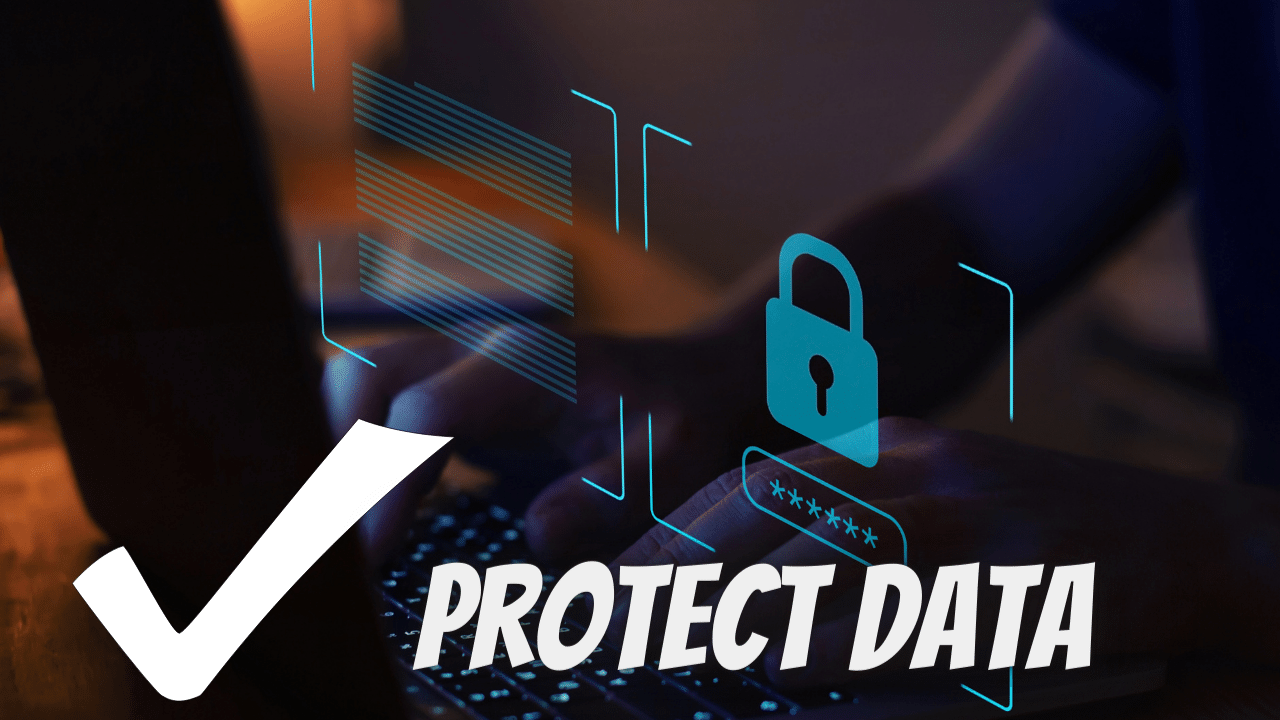Three Ways Managed Services Providers Can Help Your Business Grow
Key Points in This Article
- Working with an MSP can provide businesses with the necessary resources to grow.
- MSPs can help businesses save time by absorbing time-consuming yet fundamental tasks.
- They can also help companies save money by leveraging their insights and experience to increase productivity and offer specialized services where there are gaps in-house.
Business executives often think of Managed Service Providers (MSPs) in the context of their IT departments. They think that when they followed their CIO or IT director’s advice to hire one, they approved an IT solution to IT problems. But MSPs aren’t just technical resources to be leveraged when the network goes down. Reputable MSPs can offer businesses of all sizes across industries the keys they need to unlock their full growth potential. MSPs can leverage their IT expertise to help businesses save time and money, increase productivity, and earn revenue.
How can MSPs help businesses accelerate their growth? Here are three ways that working with a reputable provider can help you grow your business.

Improving Your Business’ Productivity
Working with an MSP, you can determine the best IT infrastructure to support your unique business. And not only can you design an operating environment that helps you maximize employee productivity while minimizing downtime and reducing the risk of system failures. Your MSP can usually manage your infrastructure, saving you time and ensuring your operations run smoothly.
Moreover, many MSPs offer round-the-clock coverage, while most IT departments cannot. MSPs can resolve an overnight network issue before the first employees arrive in the morning, whereas those employees in businesses without one will face some downtime in the morning. And the longer your systems are down, the more revenue and customers you may lose.
MSPs also work with multiple clients across industries. Accordingly, their staff has developed a wealth of knowledge about technical and business problems requiring IT solutions. Drawing on their experience, MSPs can recommend, help you plan, and deploy practical solutions that help you optimize your business’ productivity.
Further, many MSPs can take helpdesk management and other time-consuming fundamental tasks off your hands. In fact, they usually can do so more effectively and efficiently than you can. You will no longer consume valuable in-house staff time with a daily flood of mundane requests from your organization. Letting your MSP partner take over helpdesk management and other similar tasks allows your staff to work on higher-level activities, like strategic planning, revenue-driving IT activities, cybersecurity, and more.
Helping You Minimize Costs
An MSP can save your company the need to hire additional specialists in in-demand areas like cybersecurity. MSP staff can complement the work of your own in-house staff, filling in critical gaps where you have talent deficits. Further, MSPs typically bill using either a recurring monthly fee or a per-use fee model that allows you to adjust the services you need as necessary. If demand begins to surge, you can rapidly scale up the support and services you need. And if you no longer need a specific service, you can quickly remove it from your service contract.
When working with an MSP, businesses often find substantial cost savings in two additional areas. MSPs can often help businesses obtain the hardware and software they need at lower-than-market rates. That’s because MSPs maintain large supplier networks and are often able to secure preferred pricing. And because they can, they can help you obtain and deploy applications and solutions that you’ve long avoided but can substantially impact your business.
Second, many businesses often find that their MSP partners have identified seemingly simple tweaks to existing IT infrastructure that significantly reduce costs and save time. MSPs not only bring their experience working with other clients to bear but also bring an outsider’s perspective. Fresh eyes on a seemingly intractable problem or bottleneck often yield a solution.
Mitigating Risks and Threats
In today’s world, it’s no longer a matter of whether a cybercriminal will target a business but of when. And cyberattacks can be devastating, with the physical, financial, and reputational costs often high enough to put a company out of business. While preventing an attempt is impossible, you can radically reduce the risk of it being successful by designing and implementing the right cybersecurity plan.
But most in-house generalists don’t have the expertise, time, or resources to handle the most sophisticated threat actors. However, MSPs and Managed Security Service Providers (companies primarily offering managed cybersecurity services) can handle these threats. MSPs and MSSPs not only employ some of the best cybersecurity talents around. But because they work exclusively in the field, they can keep up-to-date with the threat landscape in a manner that in-house professionals cannot.
Moreover, MSPs and MSSPs usually have access to sophisticated security tools most businesses have not invested in. This combination of cybersecurity expertise, resources, and dedicated time is what you need to safeguard your business to the greatest extent possible. But cybercriminals are simply one threat.
All it takes is one accident, weather event, or system malfunction to result in potentially catastrophic data loss. And in the event an incident occurs, you must be able to ensure you restore your operations quickly. But many businesses don’t have a backup and disaster recovery plan. Others fail to check to ensure their data is backed up regularly. Still, others lack business continuity plans that can help them recover rapidly. And of those that do, many are inadequate and untested.
MSPs can help businesses put the plans they need in a crisis. Doing so can also free up staff to work on other projects. Moreover, when you let an MSP manage your infrastructure, you can insulate your business from the inherent risks of managing your own own-prem data center. An MSP can help you quickly return to total operational efficiency, which you need when disaster strikes.
These scenarios may not seem to have much to do with growth. But engaging in this kind of defensive work takes staff time and resources, which, when you work with an MSP, can be freed up to focus on revenue and productivity. Additionally, a crisis can quickly torpedo your growth if not properly managed. So it’s crucial to ensure you have the right plans in place to manage one.
Working with an MSP can help you increase business productivity by saving you time in multiple ways. When your in-house IT staff has more time, they can help you with product development, sales platform optimization, and other revenue-driving activities. They can also help other departments become more productive when they have the time to think through and deploy new technology solutions to longstanding problems. MSPs can also help you save money by reducing the need for large-scale hiring and optimizing existing resources. And they can help you safeguard your business, which faces more threats than ever.









